Pemprosesan acuan
- 2024-10-29
Pembuatan acuan merujuk kepada pemprosesan alat membentuk dan mengosongkan, serta acuan memotong dan memotong. Biasanya, acuan terdiri daripada dua bahagian: acuan atas dan acuan bawah. Letakkan plat keluli di antara acuan atas dan bawah, dan bahan terbentuk di bawah tindakan akhbar. Apabila penekan dibuka, bahan kerja yang ditentukan oleh bentuk acuan akan diperolehi atau sisa yang sepadan akan dikeluarkan. Daripada penyambung elektronik ke panel instrumen automotif, bahan kerja boleh dibentuk menggunakan acuan. Acuan progresif merujuk kepada satu set acuan yang secara automatik boleh memindahkan bahan kerja yang diproses dari satu stesen kerja ke stesen kerja yang lain dan mendapatkan bahagian acuan di stesen kerja terakhir. Teknologi pemprosesan acuan termasuk acuan pemotongan, acuan setem, acuan komposit, acuan penyemperitan, empat acuan slaid, acuan progresif, acuan setem, acuan pemotongan mati, dll.
1. Die stamping logam: die berterusan, die tunggal, die komposit, die regangan
2. Acuan pengacuan plastik: acuan suntikan, acuan penyemperitan, acuan pembentuk vakum
3. Die casting acuan
4. Menempa acuan
5. Acuan metalurgi serbuk
6. Acuan getah
Memotong: bahan acuan depan, bahan acuan belakang, bahan sisip, bahan baris, bahan atas cenderung;
Pembukaan bingkai: bingkai acuan hadapan, bingkai acuan belakang;
Penebalan: Menebalkan rongga acuan hadapan, rongga acuan belakang, dan garisan perpisahan;
Gong tembaga: gong tembaga acuan hadapan, gong tembaga acuan belakang, gong tembaga sudut jelas garis perpisahan;
Pemotongan wayar: garis perpisahan tatahan, lelaki tembaga, kedudukan bantal atas condong;
Gong komputer: garisan perpisahan gong halus, teras acuan belakang gong halus;
Percikan elektrik: acuan hadapan kasar, lelaki tembaga, wayar acuan lelaki sudut jelas, kedudukan tulang acuan belakang, kedudukan bantal;
Penggerudian, lubang jarum dan pin atas;
UGNX, Pro/NC, CATIA, MasterCAM, SurfCAM, TopSolid CAM, SPACE-E, CAMWORKS, WorkNC, TEBIS, HyperMILL, Powermill, GibbsCAM, FEATURECAM dan banyak lagi
(1) Satu set acuan biasanya terdiri daripada acuan cekung, acuan cembung, dan rangka acuan, dan sesetengahnya juga mungkin berbilang modul dipasang. Jadi gabungan acuan atas dan bawah, gabungan sisipan dan rongga, dan pemasangan antara modul semuanya memerlukan ketepatan pemesinan yang tinggi. Ketepatan dimensi acuan ketepatan selalunya mencapai tahap mikrometer.
(2) Sesetengah produk, seperti penutup kereta, bahagian kapal terbang, mainan dan perkakas rumah, mempunyai bentuk dan permukaan yang kompleks yang terdiri daripada berbilang permukaan melengkung. Oleh itu, permukaan rongga acuan adalah sangat kompleks. Sesetengah permukaan mesti diproses menggunakan kaedah pengiraan matematik.
(3) Pengeluaran acuan kelompok kecil bukanlah pengeluaran besar-besaran, dan dalam banyak kes hanya satu kelompok dihasilkan.
(4) Dalam pemprosesan acuan pelbagai proses, pelbagai proses seperti pengilangan, pembosanan, penggerudian, reaming, dan penyulingan sentiasa digunakan.
(5) Penggunaan acuan pengeluaran berulang mempunyai jangka hayat. Apabila penggunaan acuan melebihi jangka hayatnya, acuan baru perlu diganti, jadi penghasilan acuan selalunya mempunyai kebolehulangan.
(6) Dalam penghasilan acuan pemesinan tiruan, kadangkala tiada lukisan mahupun data, dan pemesinan tiruan perlu dijalankan berdasarkan objek sebenar. Ini memerlukan ketepatan tiruan yang tinggi dan tiada ubah bentuk.
(7) Bahan acuan sangat baik dan mempunyai kekerasan yang tinggi. Bahan utama acuan selalunya diperbuat daripada keluli aloi berkualiti tinggi, terutamanya untuk acuan dengan hayat perkhidmatan yang panjang, yang selalunya diperbuat daripada keluli martensit seperti Crl2 dan CrWMn. Keluli jenis ini mempunyai keperluan yang ketat daripada penempaan kasar, pemprosesan hingga rawatan haba. Oleh itu, perumusan teknologi pemprosesan tidak boleh diabaikan, dan ubah bentuk rawatan haba juga merupakan isu serius yang perlu diambil serius dalam pemprosesan.
Berdasarkan ciri-ciri di atas, pemilihan alat mesin harus memenuhi keperluan pemprosesan sebanyak mungkin. Sistem kawalan berangka harus mempunyai fungsi yang kuat, ketepatan alat mesin yang tinggi, ketegaran yang baik, kestabilan terma yang baik, dan keupayaan untuk meniru.
Susunan aliran teknologi pemprosesan
1. Pemprosesan bawah, kuantiti pemprosesan terjamin;
2. Penjajaran penanda aras kosong tuangan, pemeriksaan elaun permukaan 2D dan 3D;
3. Pemesinan kasar permukaan 2D dan 3D, pemesinan permukaan bukan pemasangan dan tidak berfungsi (termasuk permukaan platform keselamatan, permukaan pemasangan penampan, permukaan plat tekanan dan permukaan rujukan sisi);
4. Sebelum pemesinan separa ketepatan, cari permukaan rujukan sisi yang betul untuk memastikan ketepatan;
5. Pemesinan separa ketepatan permukaan 2D dan 3D, pemesinan ketepatan pelbagai permukaan kerja pemasangan (termasuk permukaan pemasangan blok had dan permukaan sentuhan, permukaan pemasangan blok masukkan dan permukaan belakang, permukaan pemasangan tebuk, permukaan pemasangan pemotong sisa dan permukaan belakang, pemasangan spring permukaan dan permukaan sentuhan, pelbagai permukaan kerja had lejang, permukaan pemasangan baji dan permukaan belakang), pemesinan separa ketepatan pelbagai permukaan panduan dan lubang panduan, meninggalkan margin untuk rujukan proses pemesinan ketepatan lubang dan permukaan rujukan ketinggian, dan data rakaman;
6. Semak dan semak semula ketepatan pemesinan;
7. Proses inlaying yang lebih cergas;
8. Sebelum pemesinan ketepatan, selaraskan permukaan rujukan lubang rujukan proses dan semak elaun blok terbenam;
9. Permukaan pemesinan ketepatan 2D dan 3D, permukaan penebuk sisi dan kedudukan lubang, lubang rujukan proses pemesinan ketepatan dan rujukan ketinggian, permukaan panduan pemesinan ketepatan dan lubang panduan;
10. Semak dan semak semula ketepatan pemesinan.
Perkara yang memerlukan perhatian
1. Perancangan proses hendaklah ringkas dan dinyatakan secara terperinci, dan kandungan pemprosesan hendaklah dinyatakan secara numerik sebanyak mungkin;
2. Di bahagian penting dan sukar pemprosesan, penekanan khusus harus diberikan pada ketukangan;
3. Perlu menggabungkan kawasan pemprosesan dan menyatakan proses dengan jelas;
4. Apabila tatahan perlu diproses secara berasingan, beri perhatian kepada keperluan proses untuk ketepatan pemprosesan;
5. Selepas pemprosesan gabungan, bahagian terbenam yang perlu diproses secara berasingan hendaklah memenuhi keperluan penanda aras untuk pemasangan proses dan pemprosesan berasingan semasa pemprosesan gabungan;
6. Dalam pemprosesan acuan, mata air adalah yang paling mudah rosak, jadi perlu memilih mata air acuan dengan hayat keletihan yang panjang. Mata air acuan yang dibuat di Eropah dan Amerika mempunyai jangka hayat yang panjang, dan termasuk jenama terkenal
-
TAG:
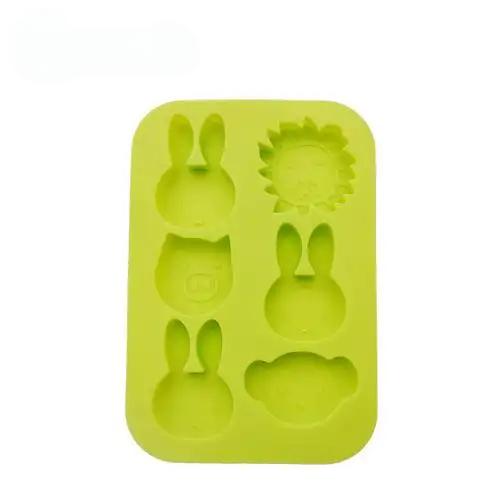
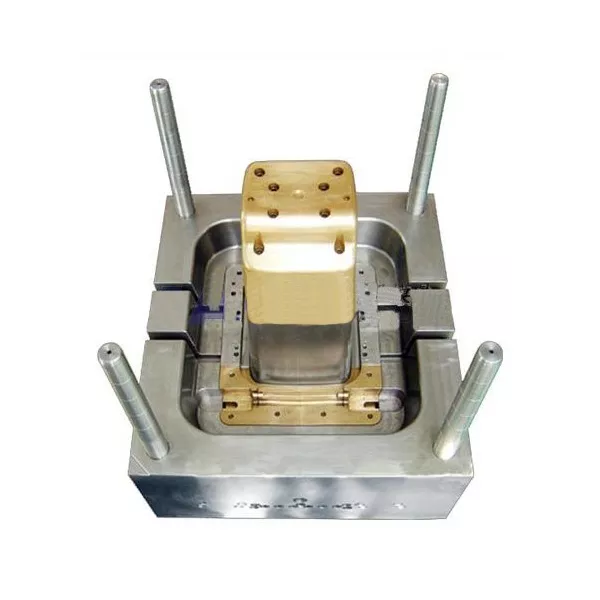
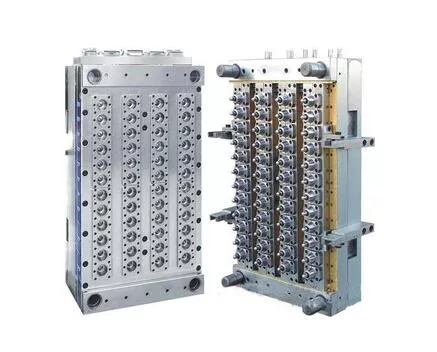
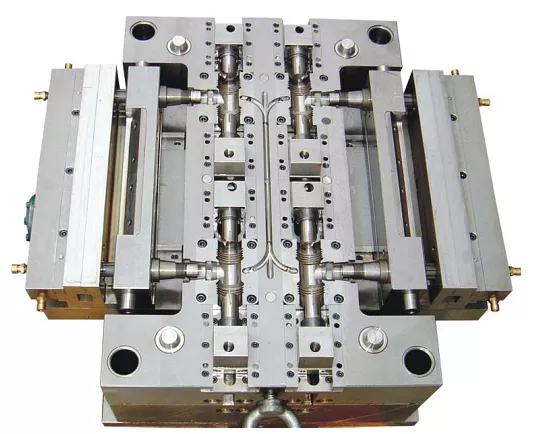
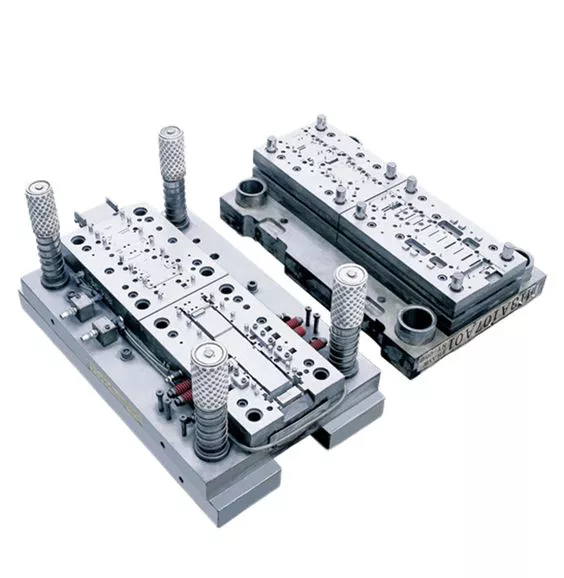
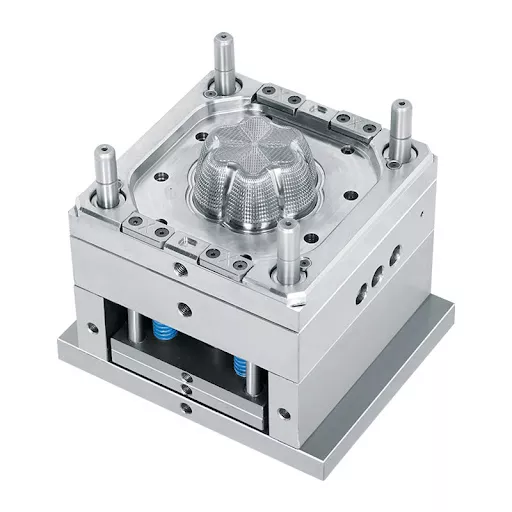
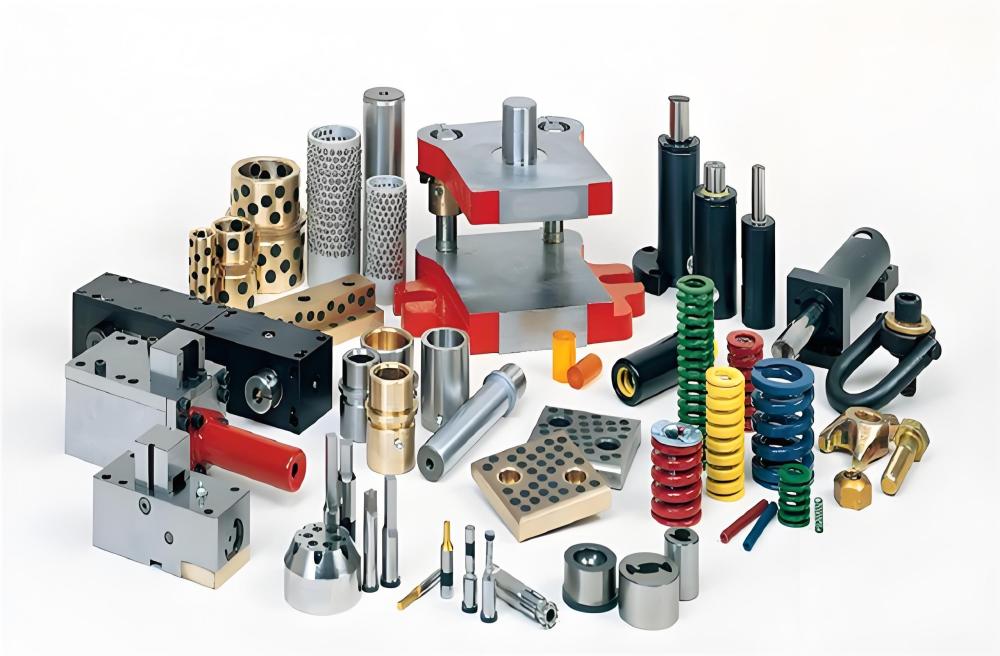
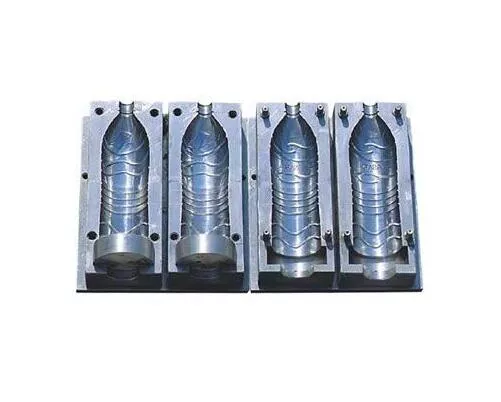
Hantar Pertanyaan Anda Sekarang